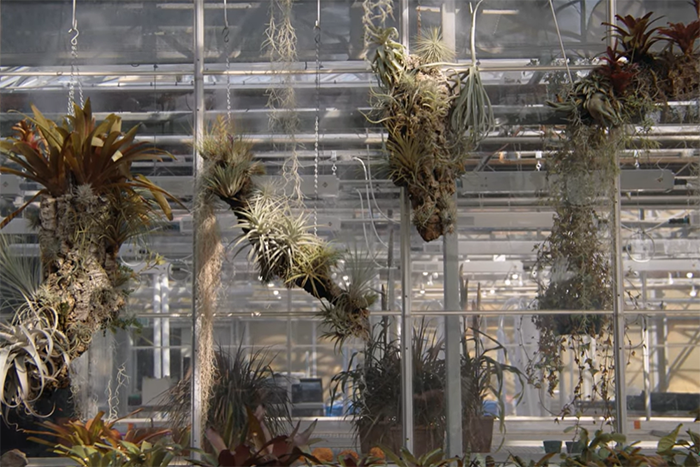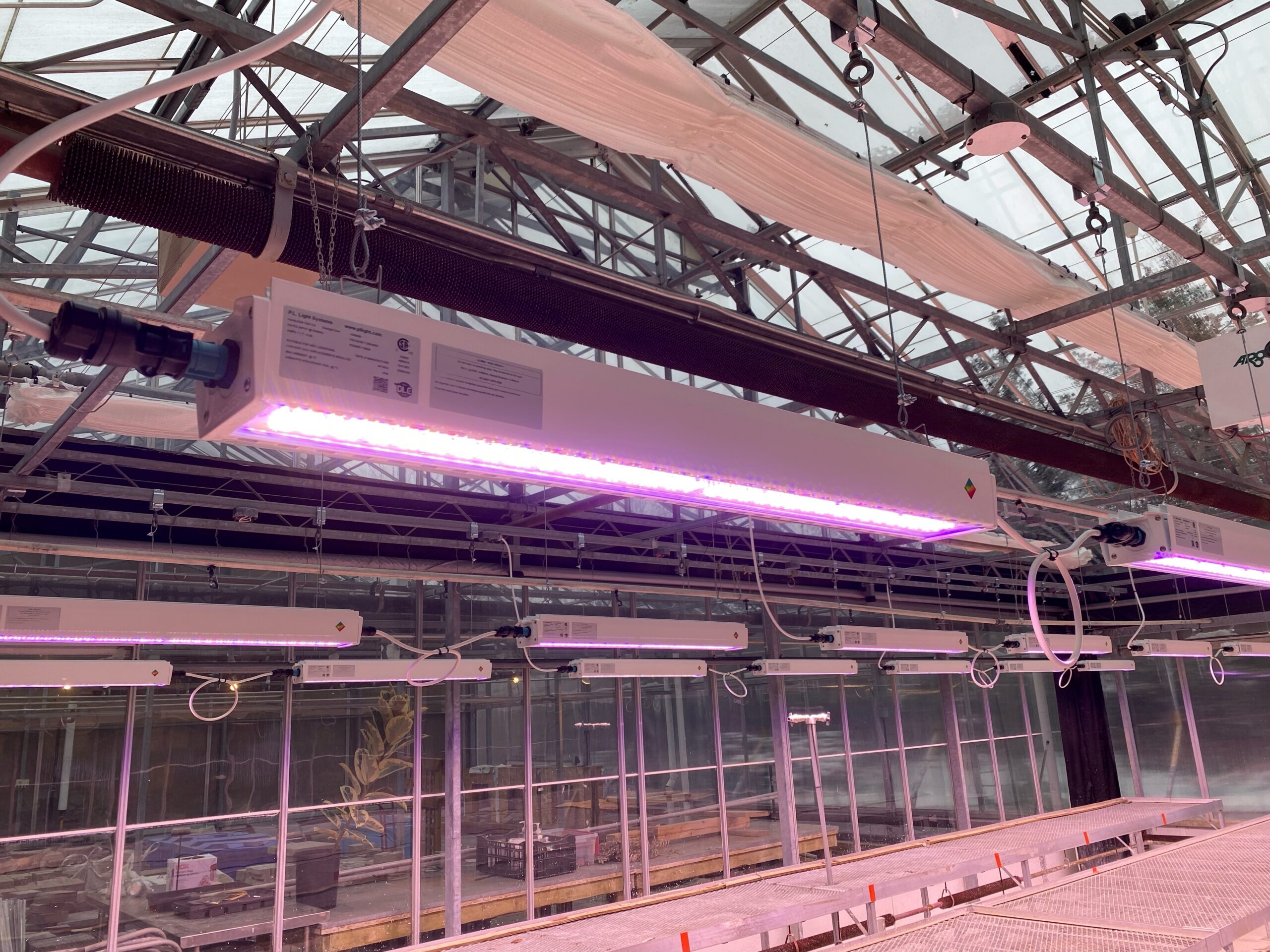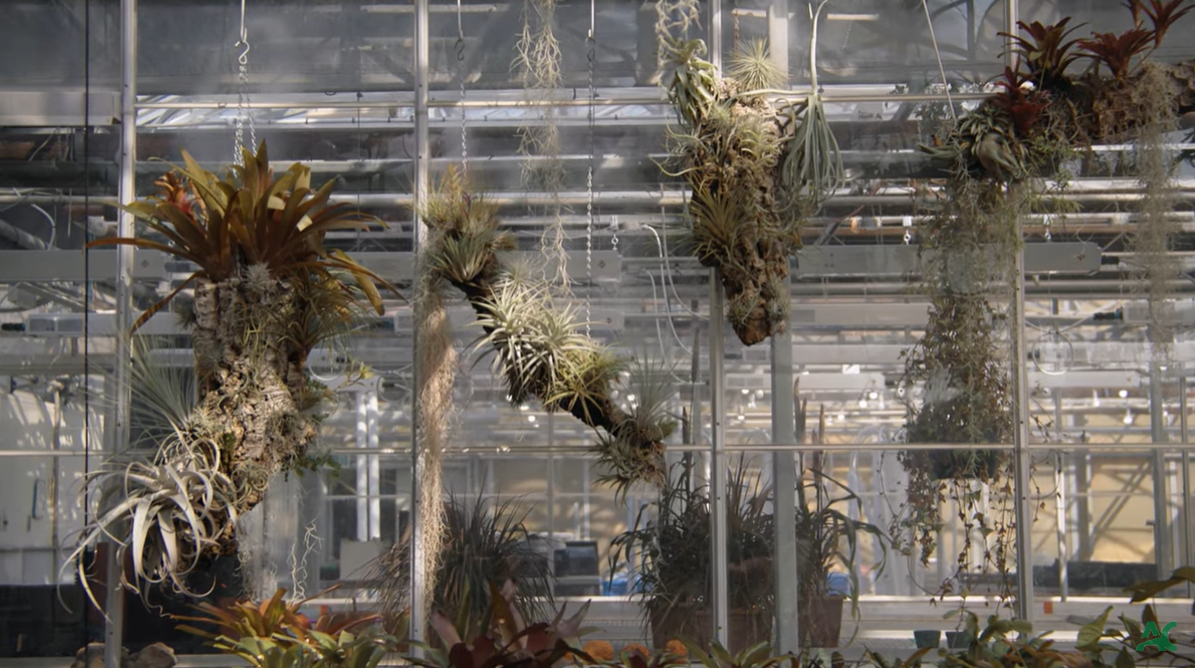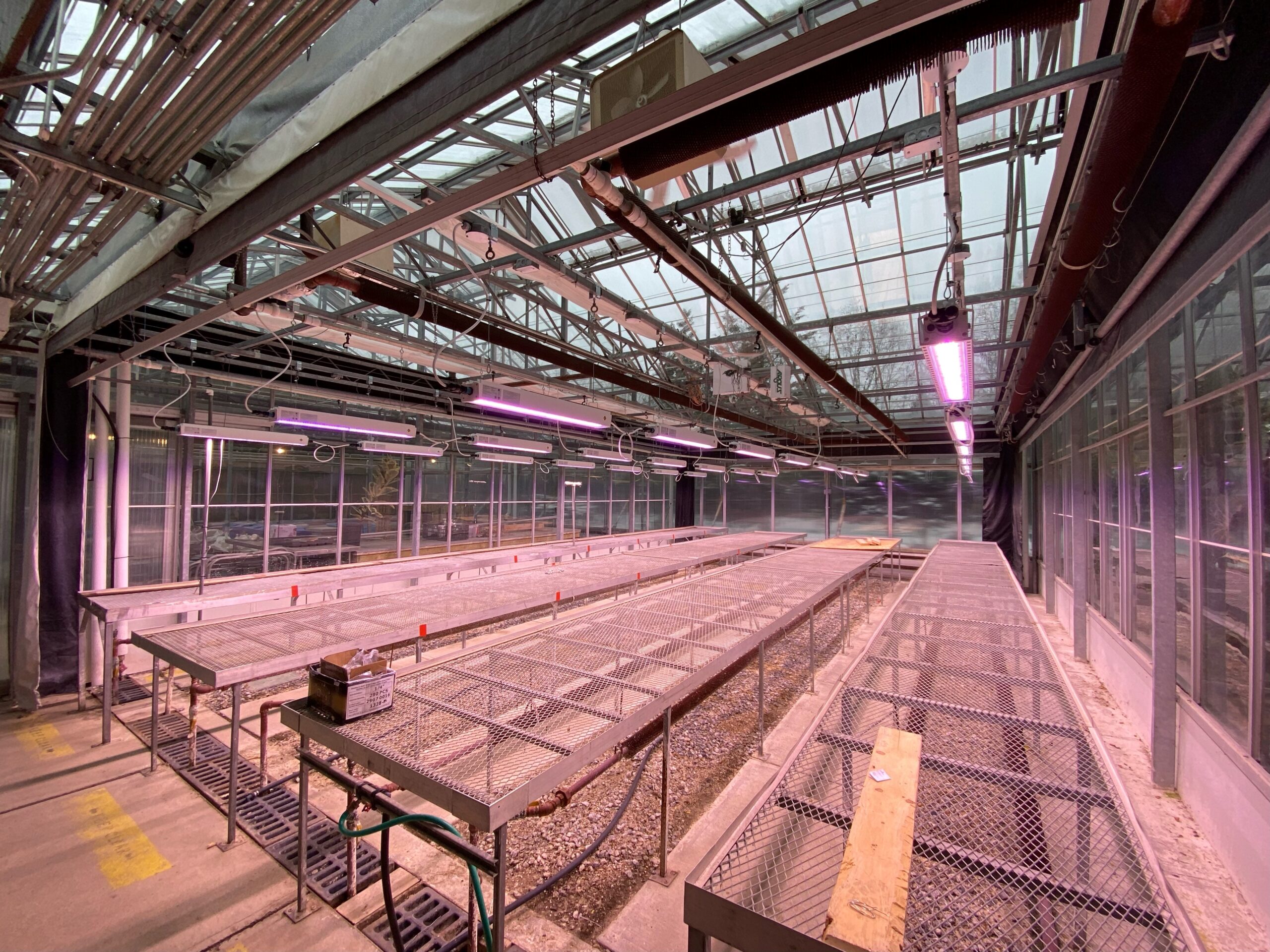Algonquin College
Based in the Ottawa Valley, Algonquin College is the largest polytechnic institute in Eastern Ontario.


Based in the Ottawa Valley, Algonquin College is the largest polytechnic institute in Eastern Ontario.

Location: Ottawa Valley, ON
Crop: Perennials, Ornamentals, Vegetables, Flowers, Succulent and Bromeliads
Luminaire: HortiLED Top 2.0
Spectrum: Daylight
Tommy Wingreen, Professor and Coordinator of the Horticultural Industries program, has taught greenhouse courses at Algonquin College since 2007.
After graduating with a master’s degree in Horticultural Science from the Royal Veterinary and Agricultural University in his native Denmark, Tommy went on to build a wealth of experience, working in greenhouses across Malaysia, Japan and the U.S. before settling in Canada. Tommy is continuously looking for new methods and projects that will improve student learning experience while still ensuring a solid foundation in plant knowledge and the sciences.

Recognized as one of the top horticultural programs in Ontario, the Horticultural Industries program at Algonquin College in Ottawa delivers a very hands-on learning experience that covers the full scope of landscape creation from design to implementation. Algonquin College also delivers the Horticultural Technician apprenticeship program, which is placed during winter in the industry’s off-season.
Students of the programs have ample opportunity to practice their skills in Algonquin College’s extensive Ottawa Campus gardens surrounding the Horticulture Centre and within the attached greenhouse complex.
One section of the greenhouse complex houses a collection of plants popularly used in Ontario landscaping that is moved outside in the summer. The other section is used for the propagation of multiple crop types, including perennials, ornamentals, vegetables, flowers and — more recently — succulents and bromeliads.

Plant propagation takes place in the greenhouse between January and April, when naturally occurring outdoor daily light integral (DLI) values are typically low —between nine and 33 µmol/m².d. The College decided to install a new lighting system to supplement 50 per cent of the light needed for the plants over these dark winter and early spring months.
Tommy has been following and researching the evolution of LED lights in greenhouses since they were first introduced in the early 2000s and has seen how significantly the technology has developed since then. As the College greenhouse has limited electrical capacity, Tommy knew that an LED lighting system would provide more light with the existing electrical infrastructure than a more traditional high-pressure sodium (HPS) system. This was a critical factor in their decision to go with an LED system since the funding for the new supplemental lighting equipment did not extend to upgrading the greenhouse’s power supply. The new system also provides the students with a practical opportunity to learn about prominent horticultural lighting technology.
The College opted to go with P.L. Light Systems’ HortiLED Top 2.0 Daylight Spectrum. They decided on this white spectrum because it delivers a more natural broad-spectrum light that works for most crop types and cultivars. They felt the luminaires were competitively priced given their quality, and their efficiency rating by Design Lights Consortium allowed them to claim an LED lighting rebate through their local electrical utility, further offsetting their cost. The high electrical efficiency of the luminaires will also result in reduced electrical costs for the College. Additionally, the luminaires were easy to install and connect to the existing Argus climate control system.
Partnering with P.L. Light Systems was an easy choice for the College, as the company is Canadian, known for its quality and has been helpful to the program in the past.
Be sure to check out this video for a peek at the Algonquin College Horticultural Centre.
